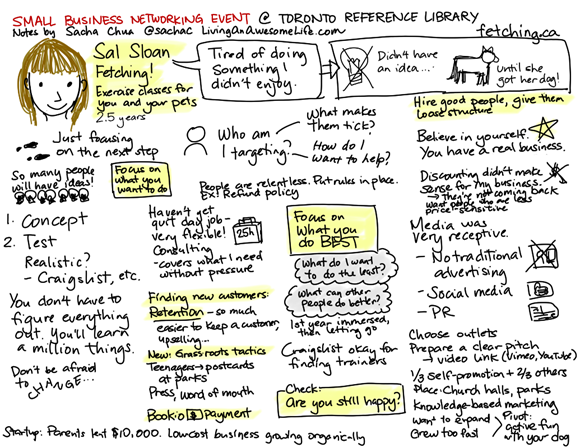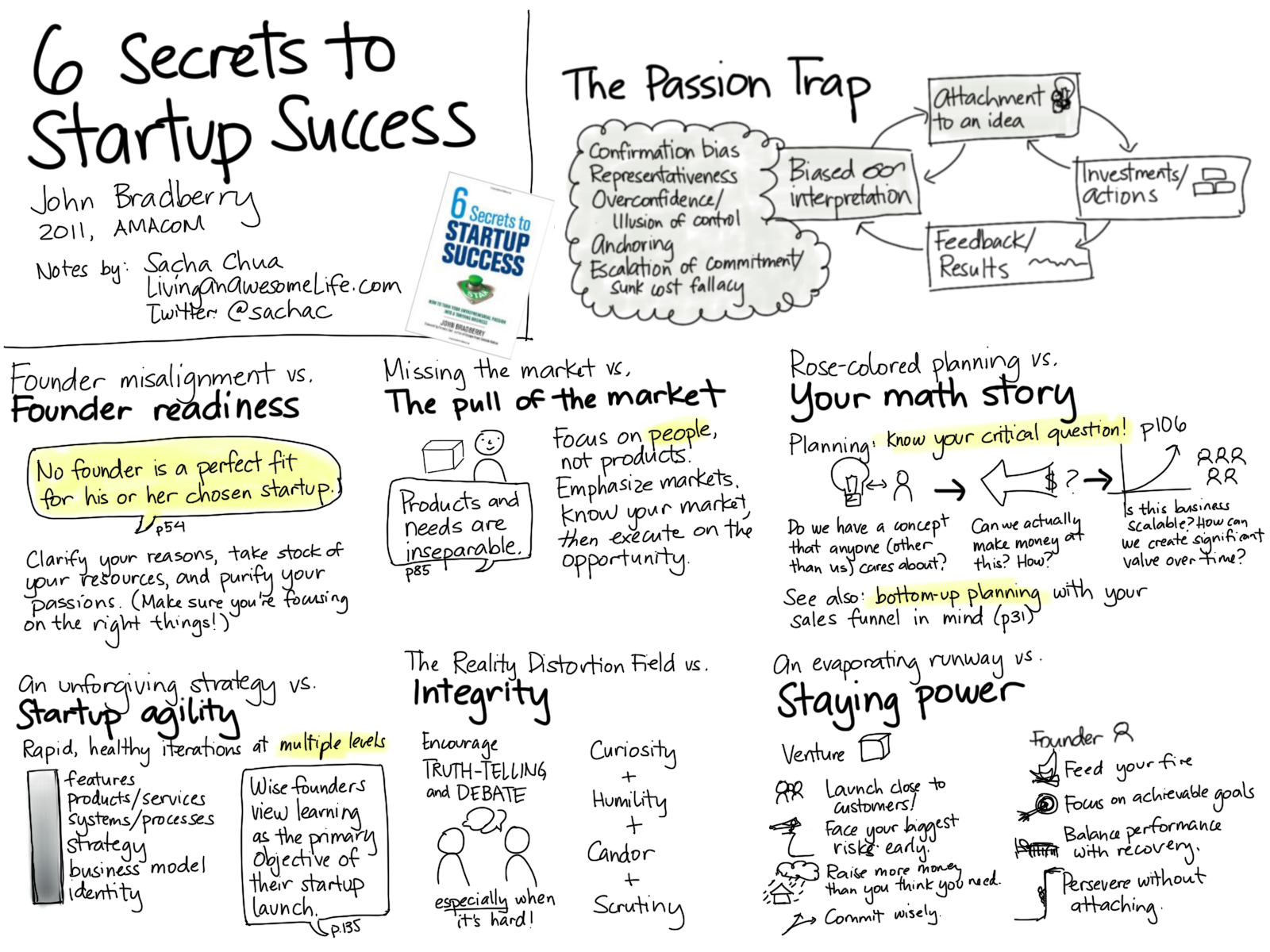Making space to plan for visual summaries
Posted: - Modified: | business, entrepreneurship, planningConsulting is going well – so well, in fact, that I’m going to make myself take a three-day break, Monday to Wednesday, so that I can focus on building a business that is different. I want something that doesn’t focus on the time = money equation. Besides, there’s so much to learn.
I keep coming back to this idea of visual summaries. People respond to them. I want visual summaries even for myself, so that I can quickly flip through visual triggers for the books I’ve read. (We’re talking maybe hundreds of summaries, even if I’m just focusing on books worth keeping instead of the thousands of books I’ve probably read by now – and even more over my lifetime!)
In terms of copyright, I’ll probably have to arrange for permission from authors before I can publish a book of graphic summaries. In the meantime, I can test the idea as book reviews, which should fall under fair use. When I put together a book, I think the paperwork will be a good excuse to reach out to my favourite authors. =)
I thought about whether I should hire an illustrator so that I can focus on the key business questions: Would people be interested in this? Can I make money at this? How can I scale? There are talented artists who do graphic recording and illustration for a living, and I regularly flip through their work to inspire myself. (I’m getting better at not being intimidated by the gap between our skills!) If I outsource parts of this work, I might get to answer those questions faster, iterate faster, punch above my weight class with beautiful illustrations and more content.
I’m holding off, though. I can learn slowly, immersing myself in this, understanding it, imagining new things because of it. And besides, maybe this fabled minimum viable product doesn’t require a totally awesome illustrator. Maybe it’s fine with an authentic voice.
Sure, a big outfit like Soundview could easily swoop in and do this while I learn. All the better, because they already have a lot of the summaries and rights agreements. If a startup is an experiment in validating an idea, then having someone else take over that idea frees me up to create the next one. It’ll all work out.
I’m thinking about other possibilities, too. People who give webinars or write e-books might also be interested in visual summaries, and I’m better set-up for those than I am for the large form-factor needs of graphically recording in-person events. I can also offer transcription, or connect with other people to get transcription covered. Established executive summary companies probably won’t cover webinars or e-books anyway. We’ll see!
Here are a few things I can work on next week to move this forward:
- Highlight visual summaries on my blog
- Create a landing page
- Plan a site redesign
- Get inspired to draw more colourful sketchnotes by looking at examples and trying out techniques
- Draw more books! This is fun
- Start building a graphic vocabulary and a lettering vocabulary
- Look for people who give good webinars or write decent books on topics I like, and see if they would be interested
It feels good learning about these things. =) Looking forward to drawing better and making stuff happen!



